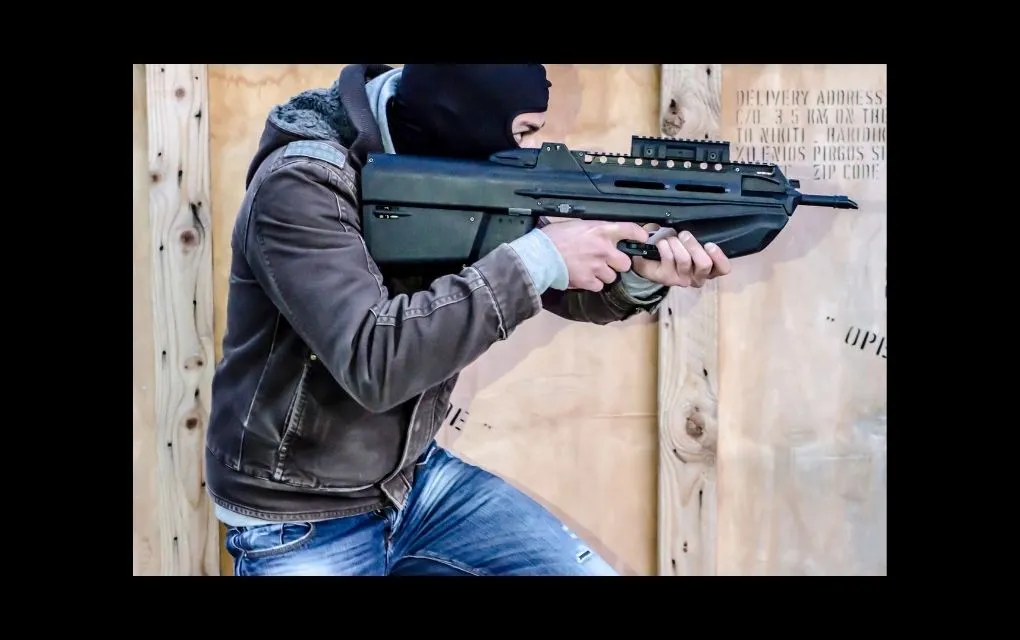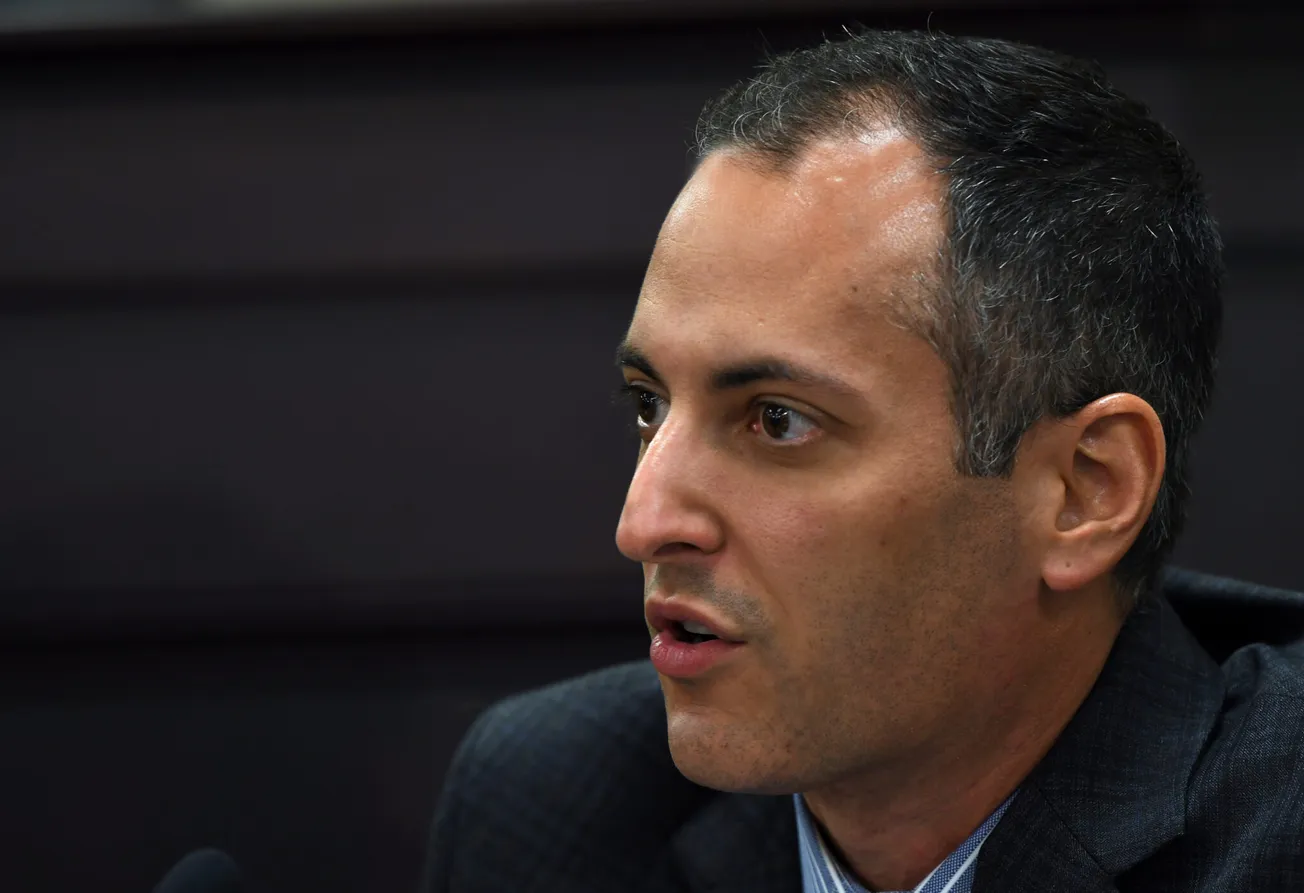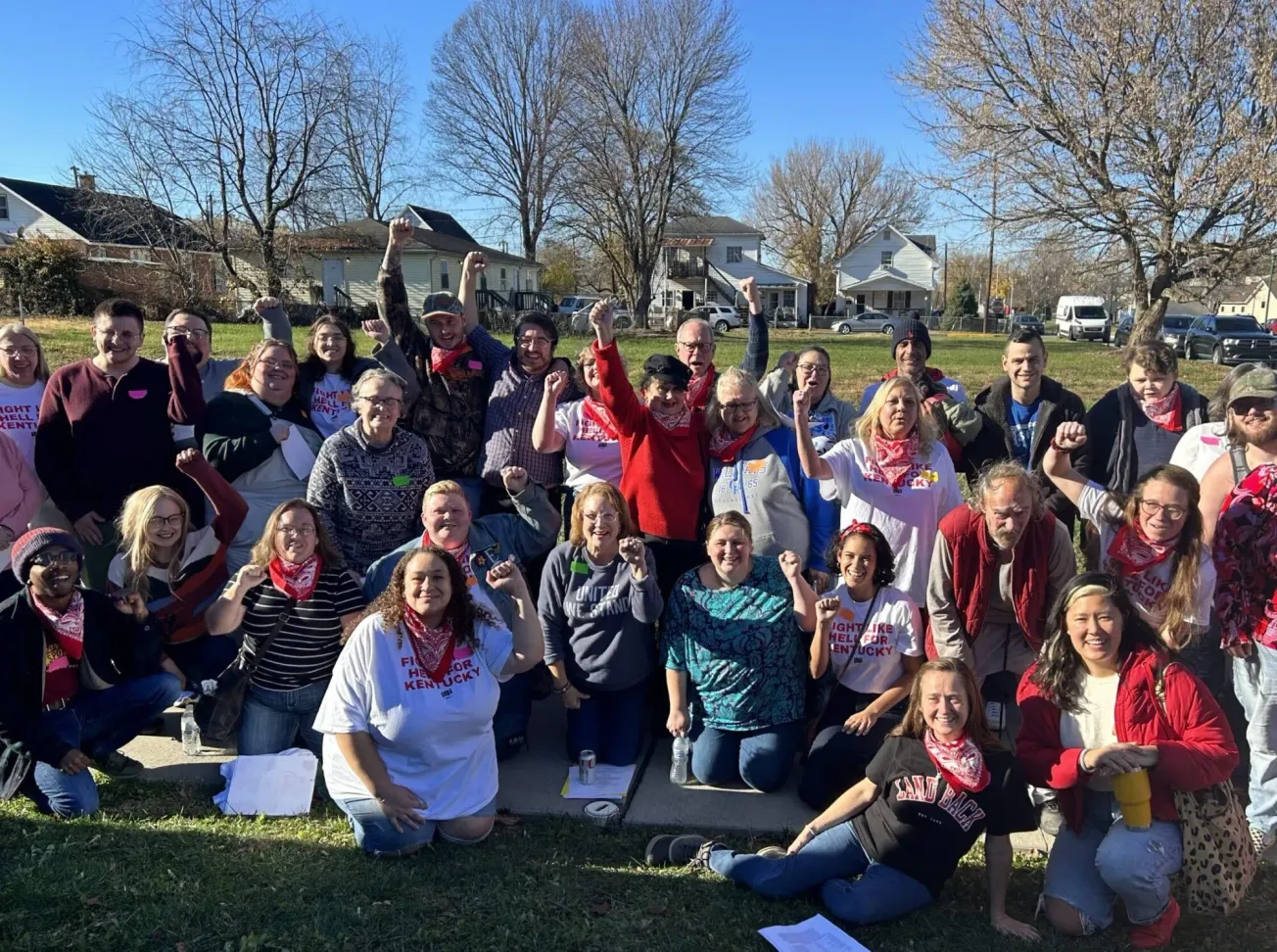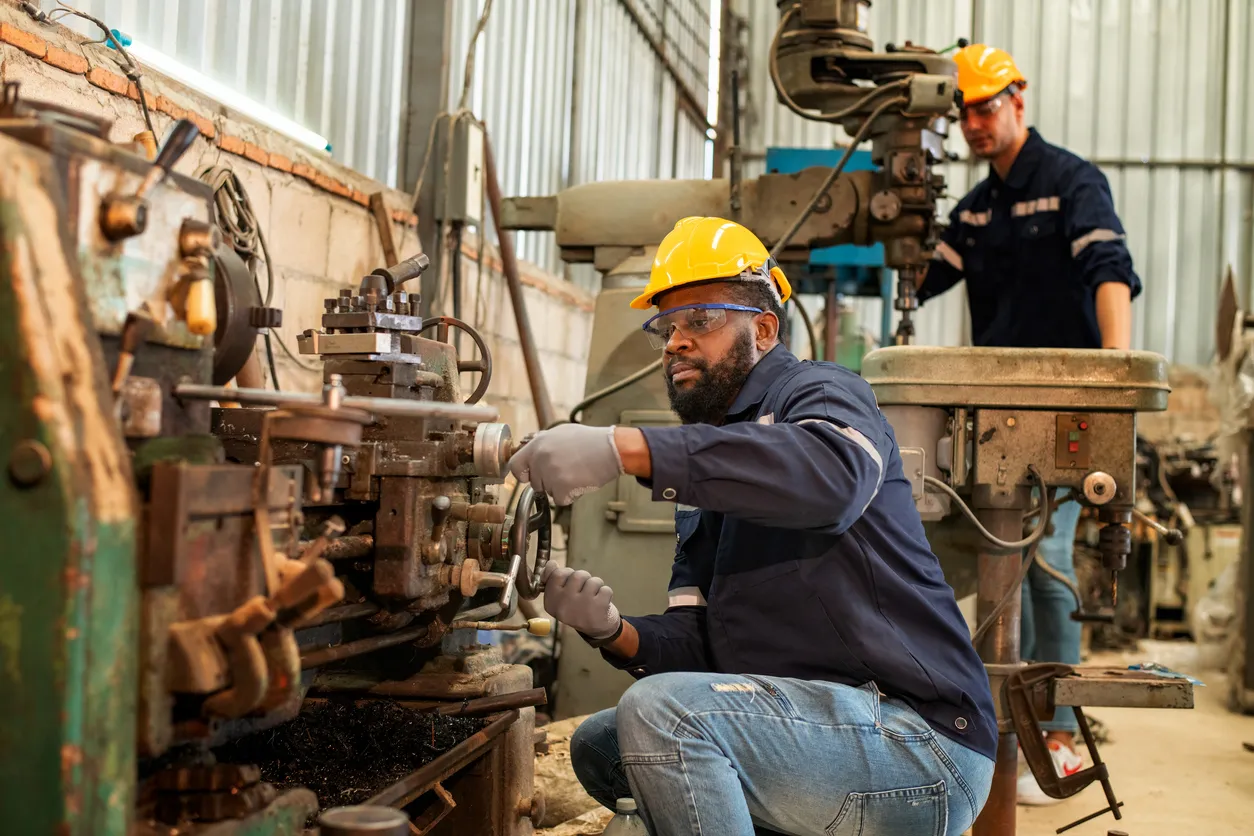We don’t need to throw up our hands and say “nothing will stop our pandemic of gun violence.” There are three data-driven laws we can pass that are proven to lower the amount of gun violence in our society.
The Giffords Law Center pulled together research on gun violence, and issued a report in 2019 about the myths and solutions for dealing with it. The report is still valid today, and has gained new currency as persons across the political spectrum look for answers.
First, the five myths
Here are five myths about gun violence that you hear after every incident, and why they are wrong.
MYTH 1 – School shootings are just a fact of life.
To put it bluntly, we can never accept school shootings as normal.” Basically, doing so says that we value guns more than we value our children. The number of school shootings continues to rise – a student’s chance of dying in a school shooting reached its highest level in 25 years as this report was released.
Accepting school shootings as an unsolvable problem causes tremendous trauma not only to the students where the shootings happen, but to all students. Over 60% of teenagers say they worry regularly about a shooting at their school. This simply cannot be an acceptable situation.
MYTH 2 – Nothing can be done to prevent school shootings.
In fact, as outlined below, there are concrete steps we can take, right now, that will definitely help lower the amount of gun violence in our schools, and in our society.
MYTH 3 – Schools need armed teachers to respond to school shootings.
This is a horrible idea. Putting more guns in schools will make them more dangerous, not less. Quoting directly from the report:
Studies have shown that guns do not protect those who possess them from being shot, and that the risks associated with gun access vastly outweigh the likelihood of self-defense use. Individuals successfully defend themselves with a gun in less than one percent of crimes, but the presence of guns in the home significantly increases the risk of gun death for all household members.
The risks associated with introducing firearms into schools would almost certainly be even higher. In fact, a systematic review of publicly reported incidents involving guns on school campuses details numerous incidents where a gun was mishandled or improperly fired by armed adults at schools.
— The majority of incidents involve cases
where adults’ firearms were left accessible to students.
— In some cases, authorized adults unintentionally fired duty weapons.
— Other incidents show that armed adults, in rare cases, reach for guns in times of personal stress or conflict – in some cases using weapons to attempt suicide at school.
MYTH 4 – School shootings are largely caused by mental health issues.
The reverse is true: gun violence is CAUSING a mental health crisis in our schools and in our society. While increasing access to mental health resources is a good idea and definitely needed, it will not lower the level of gun violence in our society. In fact, “the vast majority of people with mental illness are not more violent than the general population.”
Quoting again directly from the report:
Research is clear, however, on the negative mental health consequences of living in a country where school shootings are so common. Children who experience school shootings can suffer severe anxiety and debilitating trauma, the consequences of which can persist into adulthood. Even students who never hear gunfire but who are forced to write farewell messages to their families while hunkered underneath a desk during a lockdown can be severely traumatized. The only way to prevent this trauma is to prevent school shootings. To do that, we need to focus on what actually works: evidence-based gun safety laws.
MYTH 5 – Children are most likely to experience gun violence at school.
Absolutely wrong. The vast majority of gun violence experienced by children is in the home and community. For every child killed in a school shooting:
- 246 die by gun suicide
- 156 are killed in community shootings
- 42 are killed in domestic violence shootings
- 37 are killed in unintentional shootings
The changes that WILL work
We’ve knocked down the myths. Now let’s look at three changes we can make that are proven to be effective.
Child access prevention laws
Unsecured guns in the home are a major source of guns used in school shootings. Thus, one of the changes we can make is to pass CAP laws to hold adults accountable when children under 18 gain access to their guns.
And remember the statistic above: many more children die by committing suicide with a gun than are killed in our schools. And where do those children get the gun to kill themselves with? Almost always it is in their home. CAP laws would lower that access, and thus lower the risk.
Extreme risk protection orders (“red flag” laws)
Mass shooters exhibit four to five warning signs of what they are planning. Other people often observe these signs, but don’t know how or where to report them. Family members, especially, need a way to report these signs to get the guns out of the picture. ERPO laws provide a clear legal process for temporarily disarming individuals who are at elevated risk of harming themselves or others. There are multiple reports of where “red flag” laws have prevented tragedy.
Raising the minimum age to buy long guns
Consider this: 36% of all gun incidents at schools were carried out by 18-to-20-year-olds. Also, this age range accounts for a disproportionate number of all gun homicides. Raising the minimum age to purchase long guns (including assault rifles) to 21 would lower the amount of persons in this age range with access to guns.
We know what works. Do we have the will to take action?
Three clear-cut changes we can make. Three ways to lower the risk of violence in this country. Three ways to have fewer children lying in their own blood, having been shot because we didn’t do these things.
The question is, will we insist that our elected officials act? And will they?
--30--
To read the entire Giffords Center report, including the footnotes and references, go here.







